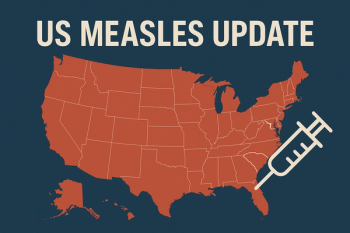
Multidrug-resistant Bacteria Found in Chickens in India
A study of 100 chickens collected from a marketplace in India finds multidrug-resistance in an emerging bacterial pathogen, and has researchers calling for improved food safety, monitoring, and surveillance.
New diseases are constantly emerging and animals are one of the biggest sources of pathogens. In a recent study, a team of researchers in India discovered multidrug-resistant genes in bacterial samples collected from poultry chickens.
According to the Centers for Disease Control and Prevention (CDC), tens of thousands of people in the United States
One such animal-borne bacterial pathogen is Helicobacter pullorum, which can lead to
A group of researchers from the University of Hyderabad in India and the Robert Koch Institute in Germany recently studied H. pullorum isolates found in chickens from commercial retail poultry operations in India. The
In their investigation, the researchers collected samples from the gastrointestinal tracts of 55 broiler chickens and 45 free range chickens in India, where annual consumption of poultry meat is rising by about 12% each year. In India and other such developing countries, the issue of antimicrobial resistance (AMR) is exacerbated by high population density, poor sanitation, and more lenient antibiotic policies, according to the study authors.
“We targeted wet market poultry outlets for our sampling, keeping in mind that poultry in India are often fed with antibiotics to promote weight gain,” said author Niyaz Ahmed, PhD, of his team’s focus in a recent
From the samples they collected, the researchers sequenced the genomes of 11 H. pullorum isolates, finding that each one carried five or six known antibiotic-resistant genes that make pathogens unsusceptible to fluoroquinolones, cephalosporins, sulfonamides, macrolide antibiotics, and others. In addition, the isolates showed the ability to produce enzymes called extended spectrum β-lactamases, which imparts resistance to penicillin antibiotics. While cases of human disease caused by H. pullorum have not been widespread, these findings shed light on the bacteria considered to be an emerging pathogen.
“Our study suggests that chickens could be a major source for transmission of emerging MDR pathogen, H. pullorum, from poultry to humans,” concluded the authors. “Given that India has the world’s fifth largest poultry industry and a large consumer base of approximately 500 million customers for chicken meat, food-associated acquisition of AMR and MDR genes, virulence genotypes and phenotypes represents an alarming situation and our study constitutes a baseline, pioneering effort at dissecting this situation from pathogen biology and epidemiology point of view.”
Newsletter
Stay ahead of emerging infectious disease threats with expert insights and breaking research. Subscribe now to get updates delivered straight to your inbox.

















































































































































































































































































